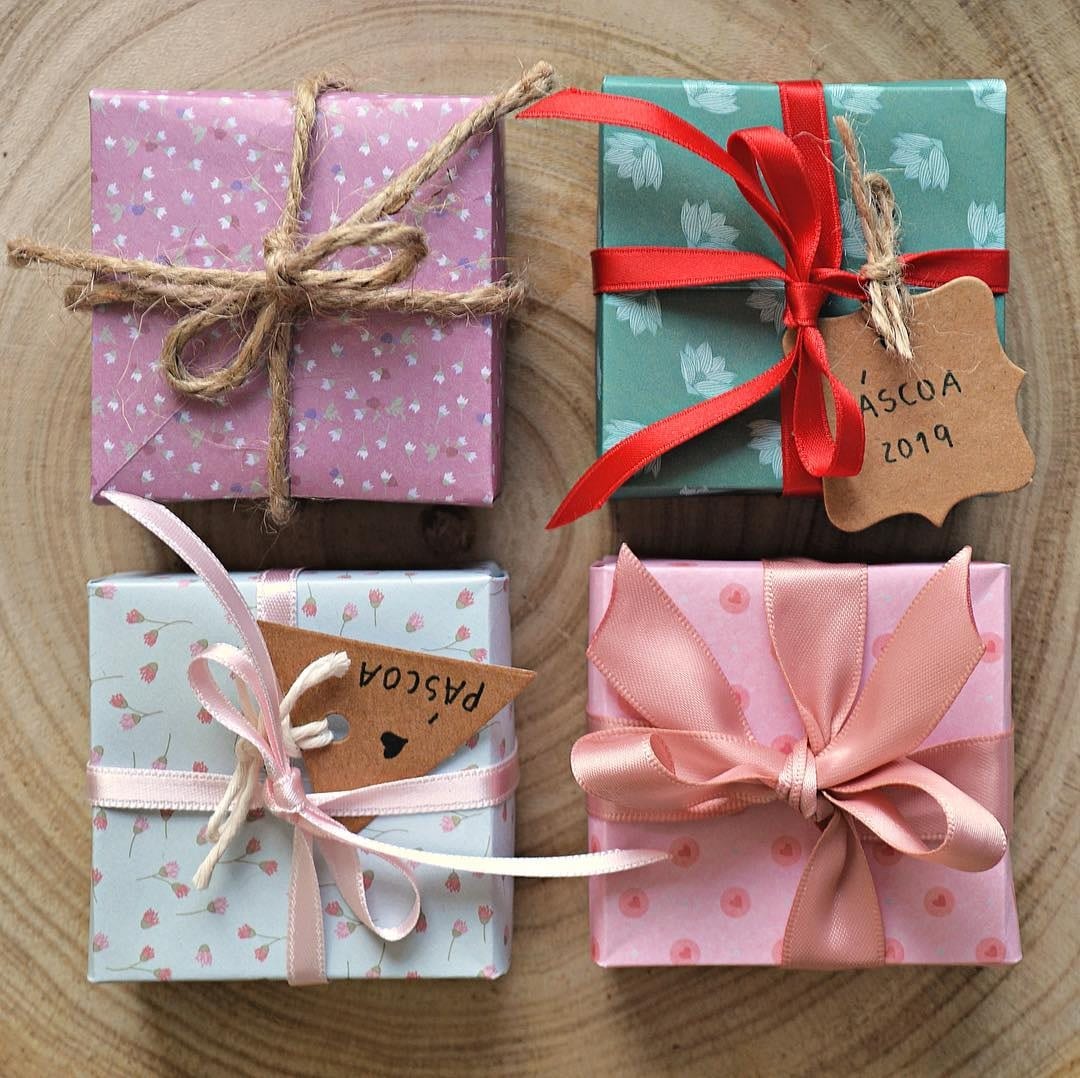Crafting is not just a pastime; it’s a passion that allows individuals to express their creativity. However, as anyone who engages in crafting knows, organizing supplies can quickly become overwhelming. A cluttered workspace can hinder your creative process and make it challenging to find the materials you need. In this article, we will explore effective ways to organize your crafting supplies, ensuring both functionality and inspiration as you embark on your next project.
1. Assess Your Supplies
Before diving into organization, take the time to assess what you have. This initial step is crucial for a successful organization system.
Steps to Assess Your Supplies:
1. Gather Everything: Collect all your crafting materials from various locations in your home.
2. Sort By Type: Categorize items into groups—such as paper, fabric, paint, and tools.
3. Review Quantity: Note how many of each type you have. This will help you determine how much space you need for storage.
By evaluating your supplies, you can identify which items are necessities and which can be discarded or donated.
2. Choose Storage Solutions
Once you have a clear understanding of your supplies, the next step is selecting appropriate storage solutions. The right tools can make a significant difference in maintaining an organized space.
Popular Storage Options:
1. Baskets and Bins: Ideal for larger items like yarn or fabric. Clear bins help you see your materials at a glance.
2. Drawer Organizers: Perfect for smaller items such as beads, buttons, or tools. These can easily fit in a workspace drawer.
3. Shelving Units: Utilize vertical space by installing shelves to store larger items or displays of finished crafts.
4. Pegboards: A creative way to hang tools and frequently used supplies within reach.
By carefully selecting appropriate storage options, you create a functional workspace that’s tailored to your unique crafting style.
3. Implement a Labeling System
An effective labeling system is essential for quick access and ensuring everything has a designated place.
Labelling Techniques:
1. Use Clear Labels: Label bins and shelves clearly, indicating the contents inside.
2. Color Coding: Assign colors to different categories, making it visually appealing while aiding in quick identification.
3. Digital Inventory: Consider keeping a digital inventory that outlines what you have and where it’s located. Apps and spreadsheets can help in tracking supplies.
By implementing a labeling system, you will drastically reduce the time spent searching for materials and maintain a clean workspace.
4. Create a Dedicated Crafting Space
Establishing a dedicated crafting space in your home can enhance organization and spark creativity. This doesn’t require a large area; even a small corner can work wonders.
Tips for Creating a Crafting Space:
1. Choose a Well-Lit Area: Good natural or artificial light can significantly improve your crafting experience.
2. Arrange an Easily Accessible Workspace: Ensure your most used tools and supplies are within arm’s reach.
3. Add Inspirational Decor: Personalizing your space with inspirational artwork or quotes can motivate you during creative sessions.
Having a dedicated space not only keeps your materials organized but also fosters a creative environment where you can focus on your projects.
5. Maintain Your Organized Space
Organization is not a one-time task; it requires ongoing maintenance to ensure your crafting supplies remain neatly arranged.
Maintenance Tips:
1. Regular Inventory Checks: Set a monthly reminder to review your supplies and discard or donate what you no longer use.
2. Reassess Storage Needs: As your crafting interests evolve, adapt your storage solutions accordingly.
3. Designate a Clean-Up Time: After each project, allocate time to tidy up your workspace and put away materials.
Regular maintenance will keep your space organized and help you stay inspired for future projects.
Conclusion
Keeping your crafting supplies organized is essential for maintaining your creativity and productivity. By assessing your materials, selecting appropriate storage solutions, labeling effectively, creating a dedicated crafting space, and maintaining organization regularly, you set yourself up for a more enjoyable crafting experience. An organized space not only enhances efficiency but also unleashes your creative potential. So go ahead; revamp your crafting area and let your creativity flow without interruption!
























